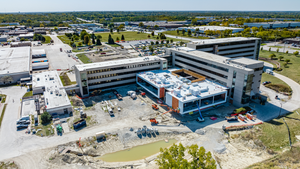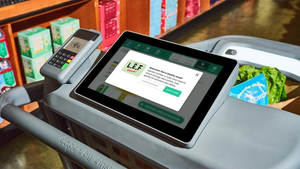Prepping for the "Big One"
January 1, 2018
As the quake toll rises in Chile and Haiti suffers through the aftereffects of its own devastation, people are wondering where the next "big one" will be and what can be done. Basically, the answers are-no one knows! And nothing! Yet, disaster preparedness and recovery plans are either non-existent or gathering dust in the deep dark recesses of someone's office.
The frightening fact is that many densely populated areas are on or close to fault lines. Aside from California's San Andreas fault and Alaska's Aleutian Trench, there's China, Tokyo, New Delhi, Panama City and Mexico City. The entire Caribbean is seismically active and in the U.S., fault lines run through 39 of the 50 states, including St. Louis, Chicago, Charleston, S.C., New York City and Washington, D.C. As Roger Biltram, a seismologist at the University of Colorado, noted, buildings are the new weapons of mass destruction.
But this isn't about shoddy construction in high-risk areas. It's about preparing for any eventuality whether it's an earthquake, fire, flood, flu epidemic or a burst pipe in the men's room. If history has taught us anything it is that you can't count on the government bail you out (no pun intended).
Appoint a disaster recover team at your company consisting of people from every department and meet regularly to develop a company-wide plan. Update contacts with local law enforcement, relief agencies, local utilities and other vital services like sanitation and transportation. Make sure employees know who to contact, where to go in an emergency and even contingency plans for getting paid.
With more companies interested in getting into urban markets, planning is essential. Hope for the best, plan for the worst.
About the Author
You May Also Like




